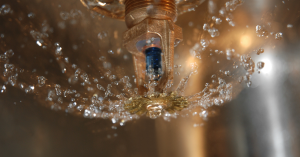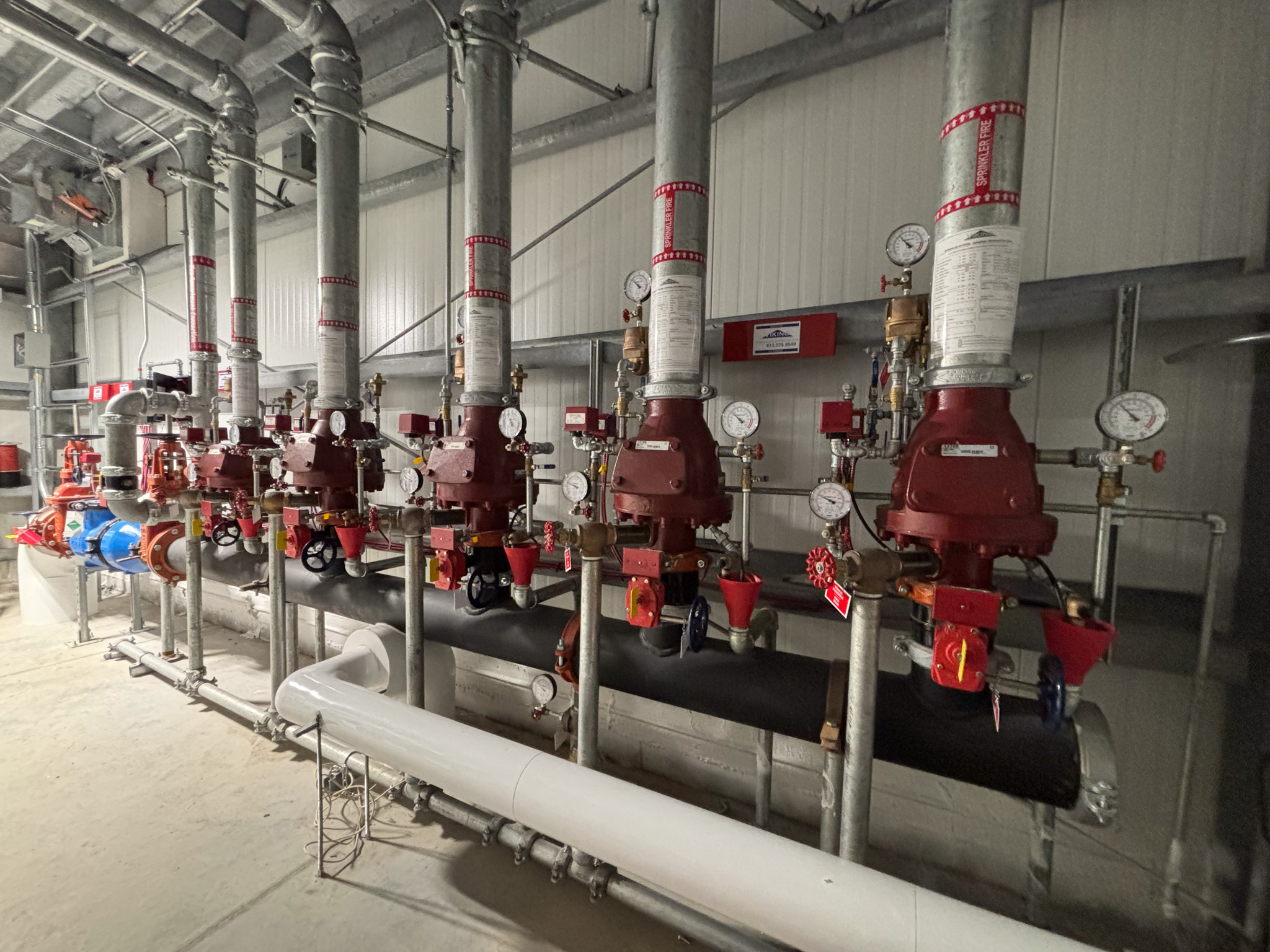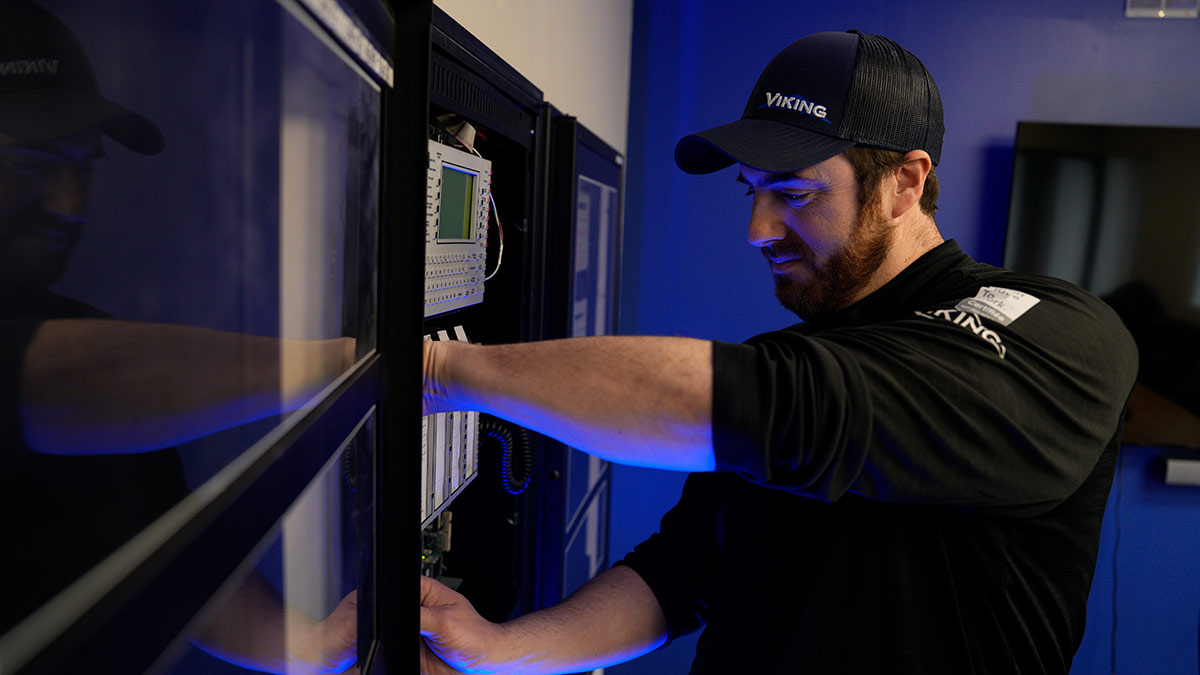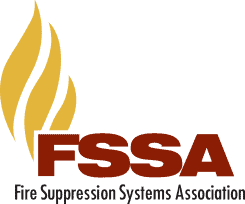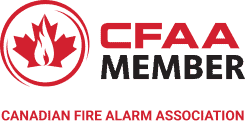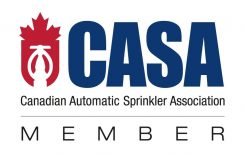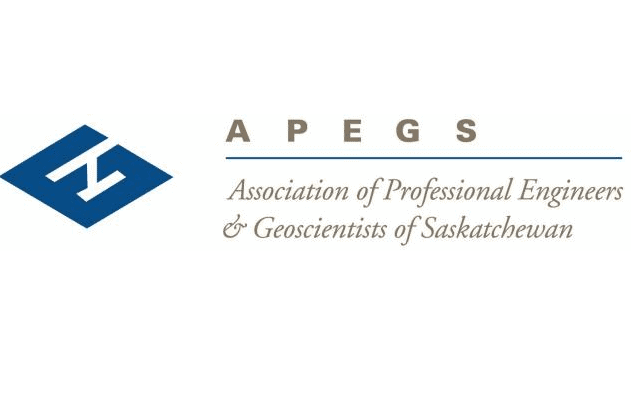
Best Practices & Standards
Key Winter Maintenance Tips for Sprinkler Systems to Keep Your Property Safe

Keep Your Sprinkler Systems Running Smoothly This Winter
As winter has settled in and temperatures continue to drop, safeguarding your property against fire hazards becomes increasingly critical. At Viking Fire Protection, we understand the urgency of maintaining and inspecting your fire sprinkler systems to ensure they remain effective even in the coldest of conditions. Here’s a comprehensive guide to help fortify your fire protection measures throughout winter:
Wet Pipe Sprinkler Checklist:
- Ensure the building shell is in good condition, closing unnecessary openings to prevent cold air infiltration.
- Maintain building heat at a minimum of 4 °C in all normally heated areas and areas with wet pipe sprinkler systems.
- Check the coldest points of the building to ensure the temperature is at least 4 °C, especially in areas like eaves over shipping doors and spaces without direct heat.
- Consider installing low-temperature alarms in problematic areas to alert you of potential freezing conditions.
- Identify vulnerable areas such as crawl spaces, attics, and above suspended ceilings where water piping passes through, and provide a way for heat to reach those areas.
- Place thermostats and/or low-temperature alarms at strategic locations to monitor building temperature fluctuations.
- Regularly check insulation in attic areas and other areas near wet pipe sprinkler pipes to prevent heat loss and freezing.
Dry Pipe Sprinkler Checklist:
- Maintain heat at a minimum of 4 °C in dry pipe valve rooms, fire pump rooms, and all areas protected by wet pipe sprinkler systems.
- Ensure that heaters are thermostatically controlled and avoid using portable heaters, which may pose fire hazards.
- Drain all low point drains weekly during freezing weather conditions to prevent the accumulation of excess water.
- Install additional drains if necessary to facilitate proper drainage and prevent water buildup.
- Repair any air leaks to prevent system tripping in case of compressor power loss.
- Ensure that the air supplied to the compressor comes from a dry, room-temperature source. Consider installing an air dryer or using nitrogen if a suitable air source is not available.
Adhering to a winter sprinkler system checklist is essential to prevent weather-related issues that can compromise the effectiveness of your fire protection systems. Pay particular attention to draining “low points” on your dry sprinkler system, as condensation buildup can lead to frozen and cracked pipes.
According to NFPA 25, auxiliary drains in dry pipe sprinkler systems must be drained after each operation of the system, before the onset of freezing weather conditions, and thereafter as needed. It is the owner’s responsibility to check and drain collected condensation prior to any cold weather.
Regular inspections and maintenance are the cornerstone of keeping your sprinkler system in optimal condition. Our highly trained technicians at Viking Fire Protection, Inc. are ready to inspect, maintain, and repair any aspect of your fire protection system to ensure its reliability and effectiveness throughout the winter months and beyond.
Remember, your fire protection is our priority. Don’t wait until it’s too late. Contact us today to schedule your winter maintenance inspection and keep your property protected against fire hazards.
